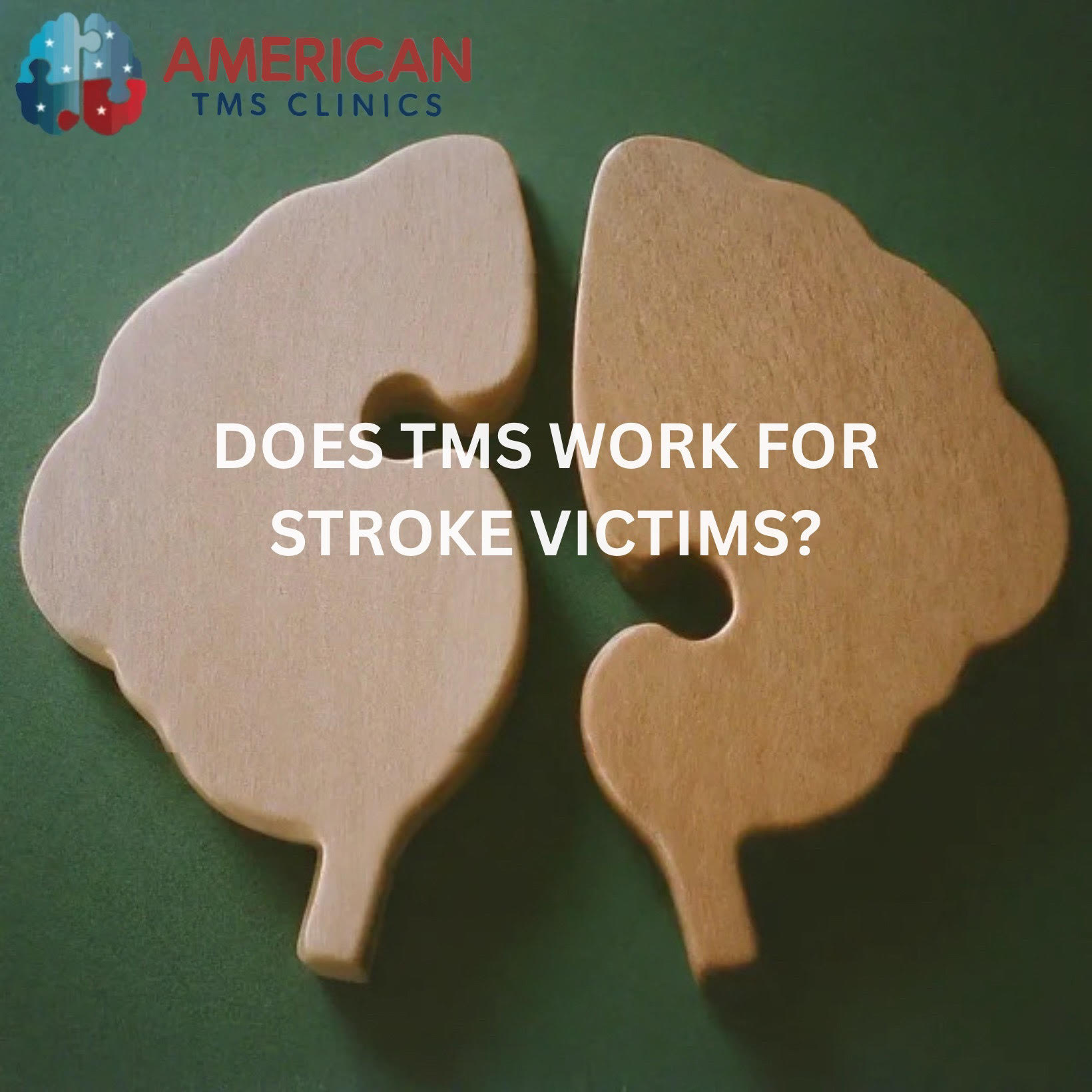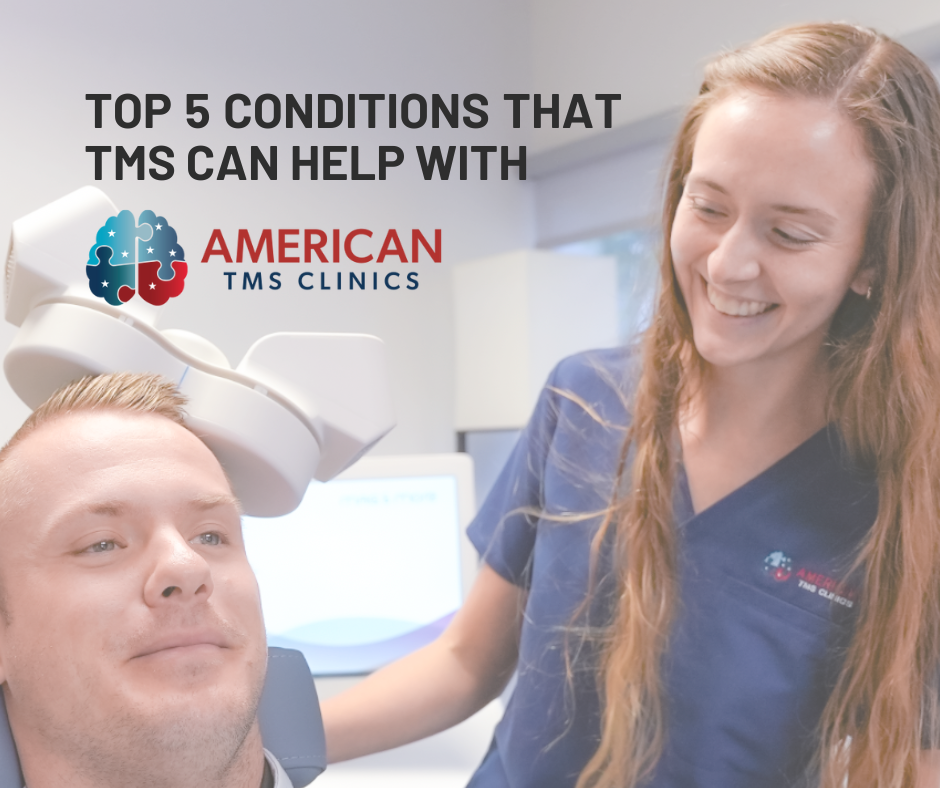
In recent times, scientific knowledge about Autism Spectrum Disorder (ASD) is constantly evolving and growing especially for those who are non-verbal. Currently, treatments for ASD mostly target the symptoms, rather than addressing the brain circuitry involved in ASD. Additionally, the diagnosis of Autism has been increasing steadily over the past few decades as have rates of non-verbal Autism. As of 2024, rates of autism diagnoses have increased to 1-3% of the population1.
This increase leaves many people wondering how they can best treat the underlying causes of ASD without merely treating the symptoms. There is a growing body of evidence that suggests that Transcranial Magnetic Stimulation (TMS) could provide lasting benefits for many aspects of ASD including executive control, speech production and comprehension, and behavioral changes.
In this article, we will explore this research and determine the ways in which TMS can help people with ASD. Then, we will present a real-life, recent case in our clinic in which a patient with non-verbal ASD found his voice through TMS.
What is Autism Spectrum Disorder (ASD)?
ASD is a disorder that is associated with many contributing factors including multiple genes and the surrounding environment. At present, it is diagnosed based on behaviors (as opposed to objective factors such as brain scans) such as challenges with communication, social interaction, sensory integration, repetitive behaviors, and more2.
The way in which ASD presents varies greatly from patient to patient, hence the reference to a “spectrum.” For example, one patient with Autism may experience social challenges such as having difficulty interpreting body language or subtle social cues, while another may be unable to produce speech or communication entirely.
Autism has been associated with, “autonomic imbalance,” among other factors2. In simple terms, this means that some mechanisms in the brain that are often automatic, do not process automatically, for one reason or another.
What Does The Research Say About TMS for Non-Verbal Autism?
Although TMS is not yet approved by the FDA for the treatment of Autism, we offer off-label treatment options. This is because the research shows very strong evidence that TMS can be very therapeutic in children on the spectrum, and especially those who are non-verbal. This section will explore what the research says about how TMS therapy actually works on ASD.
The “autonomic imbalance” that is common in ASD can come from a number of different things in the brain, but scientists think it is primarily what are called “gamma oscillations2.” Gamma oscillations are brain wave frequencies that come from cells in the brain called “pyramidal cells” and “inter neurons.” We can understand the role of these cells in the brain as being involved in whole-brain communication and synchronicity. Gamma oscillations keep the electromagnetic field of the brain in sync to produce optimal communication. Interneurons are a type of neuron that connect branches of neurons and also facilitate smooth communication. You can think of it similarly when your texts wont go through because you have a bad cell service connection. In a similar way, someones neurons may not always communicate the message they are trying to send because they are out-of-sync.
It is currently believed that TMS works for Autism primarily by putting the oscillations back in sync and by strengthening the interneuron connections. By stimulating the frontal region of the brain on both sides (L & R DLPFC) at different frequencies, we can regulate the gamma oscillations to be more synchronized2. Similarly, when we stimulate the neurons in these areas, we can strengthen the connections of the interneurons. These effects have been shown to significantly improve inhibitory control in those with ASD. This means that after TMS therapy, these patients often have more control over their repetitive behaviors and sensory integration.
Recent research suggests that alongside stimulating these frontal areas to strengthen inhibitory control, we can also stimulate the areas of the brain that are involved in language processing3. This sort of treatment can be especially helpful for those with ASD who have language challenges including those who are non-verbal. The research suggests that this can give people with ASD not only control over their behavior, but also the ability to speak and understand language more effectively.
Josiah is one such ASD patient who had language difficulties and came into our clinic for treatment to help strengthen his linguistic capabilities.
Finding Josiah’s Voice
Josiah is a 4 year-old who was diagnosed by our Psychiatrist with ASD. Josiah’s mother was concerned with his development and had already tried multiple other treatments of his ASD, but to no avail.
When he came into our care, he was only able to produce single words such as “mama” or “yes”/“no” answers.
Halfway through his treatment protocol (around session #18), Josiah was already able to produce 2 word phrases such as “go outside” or “give toy.”
By the end of treatment, to his mothers surprise and relief, Josiah was able to produce small multi-word phrases. He even told his mother “I love you mama.”
TMS has changed the course of Josiah’s life by unlocking a window into his world and helping him find his voice.
In conclusion…
Emerging evidence shows that TMS can not only be used to help regulate behavior for ASD, but it can strengthen their ability to communicate. By stimulating specific areas of the brain, TMS can increase brain-wide connections, and strengthen the connections in the areas responsible for communication.
If your child is struggling with ASD and communication, and you have tried all of the typical treatments, we urge you to explore your TMS options with us here at American TMS Clinics. Josiah’s mother started with a hope that one day she would be able to better communicate with her son, and by the end of treatment, they were able to do just that.
References:
- Yuan, L. X., et al. (2024). A systematic review of transcranial magnetic stimulation in autism spectrum disorder. Science Direct. https://www.sciencedirect.com/science/article/pii/S2405844024082823
- Casanova, M. F., et al. (2020). Transcranial magnetic stimulation in autism spectrum disorders: Neuropathological underpinnings and clinical correlations. National Center for Biotechnology Information. https://www.ncbi.nlm.nih.gov/pmc/articles/PMC7477302/
- Darwish, M. E., El-Beshlawy, H. W., Ramadan, E. S., Serag, S. M., et al. (2021). Study of the role of the transcranial magnetic stimulation on language progress in autism spectrum disorder. Egyptian Journal of Otolaryngology, 37, Article 59. https://doi.org/10.1186/s43163-021-00116-7




Leave feedback about this